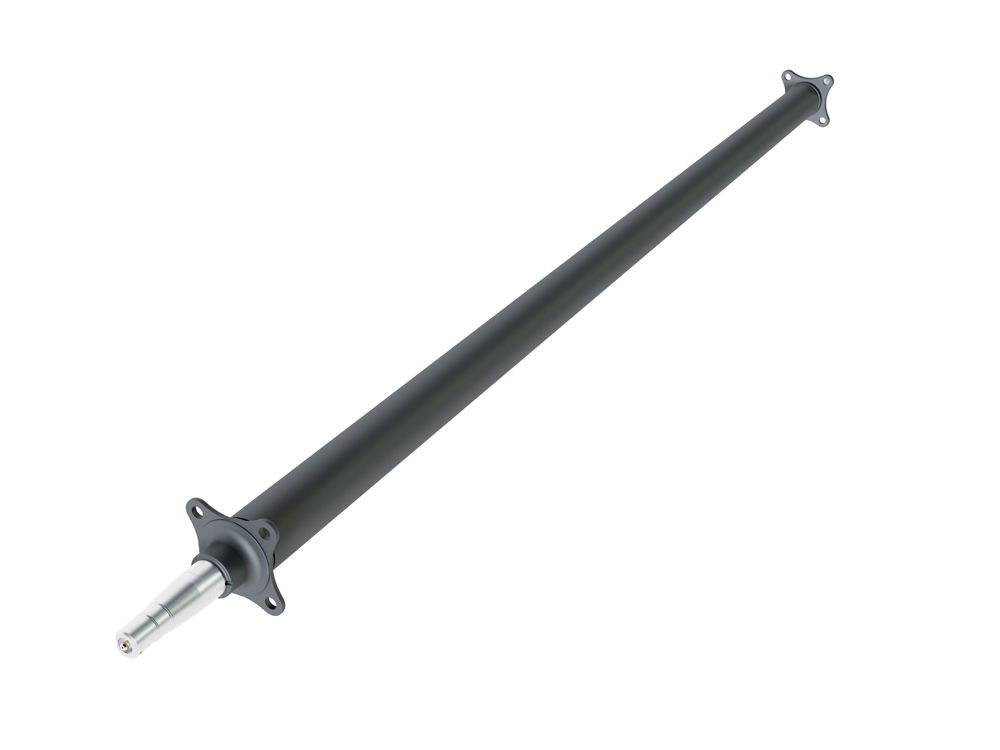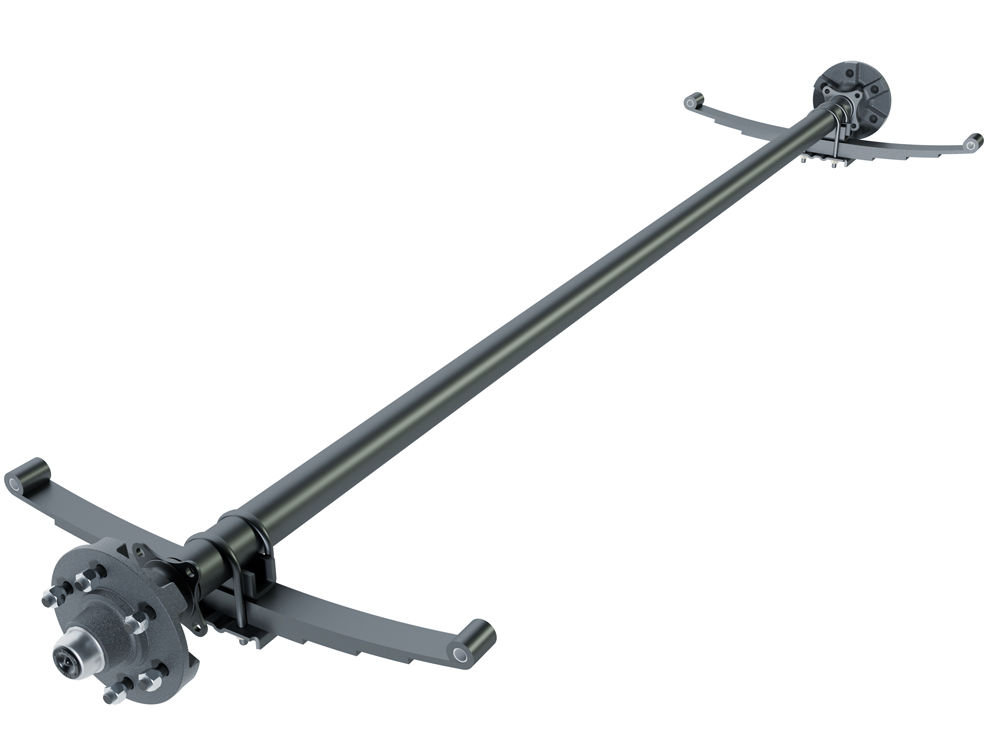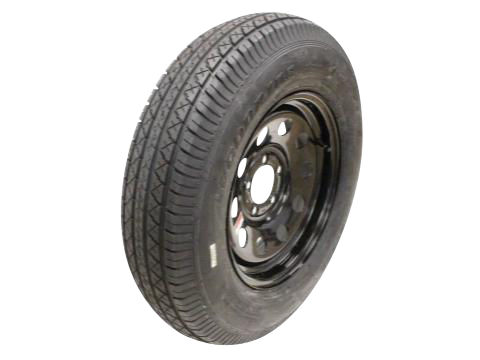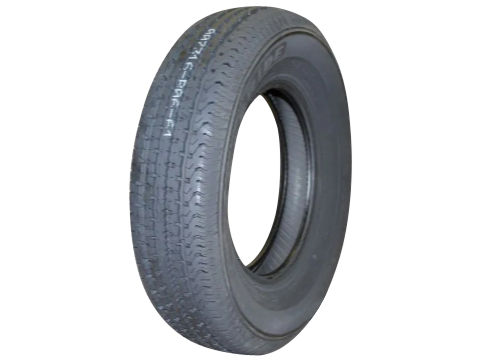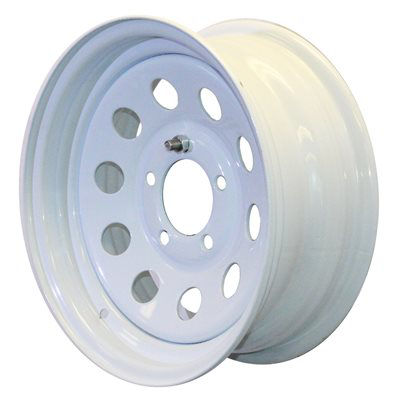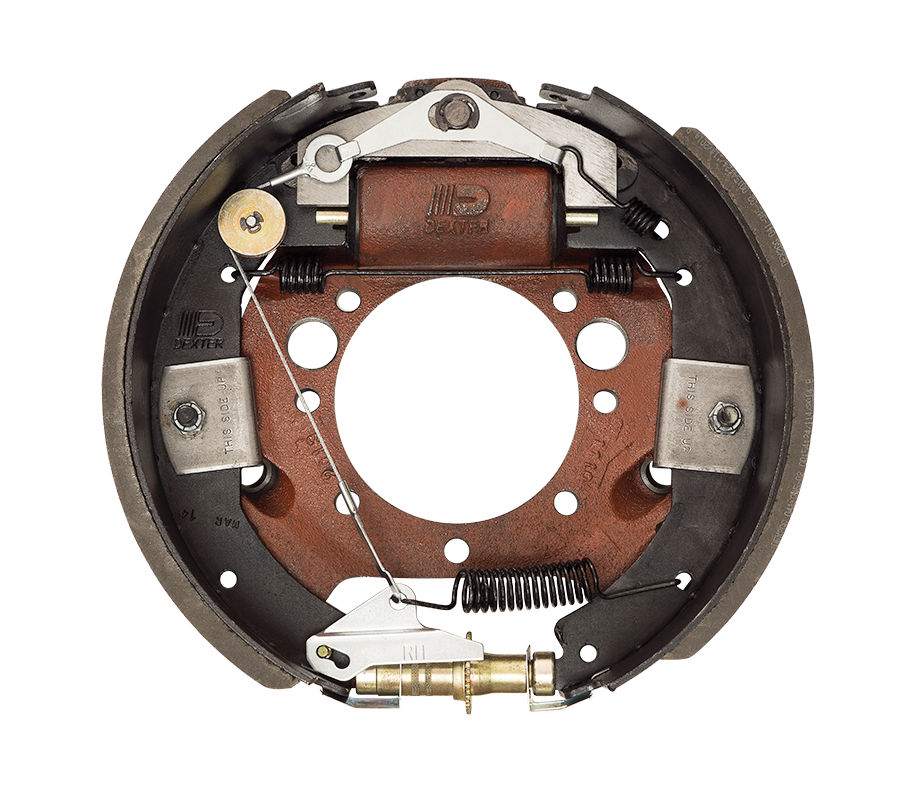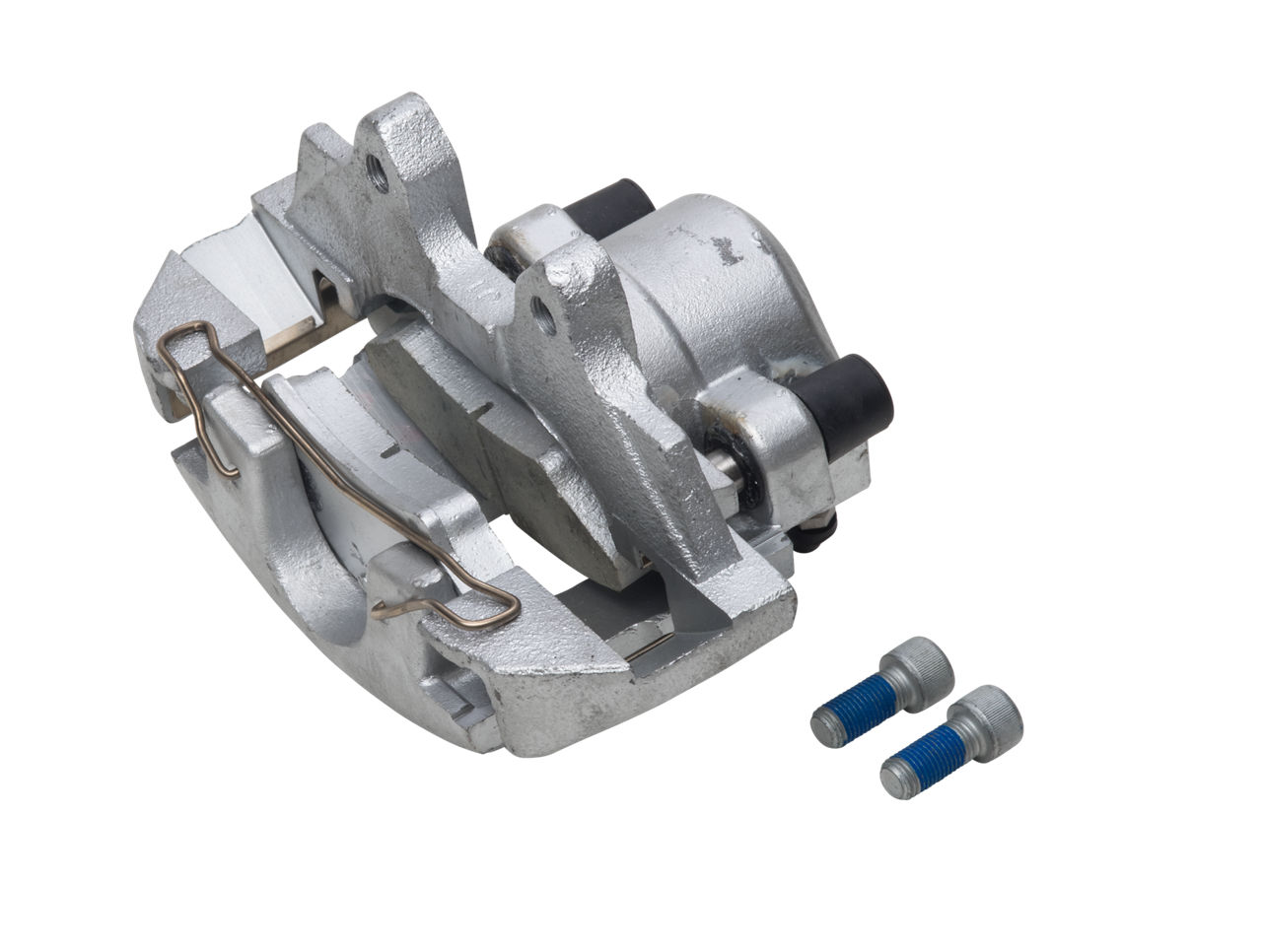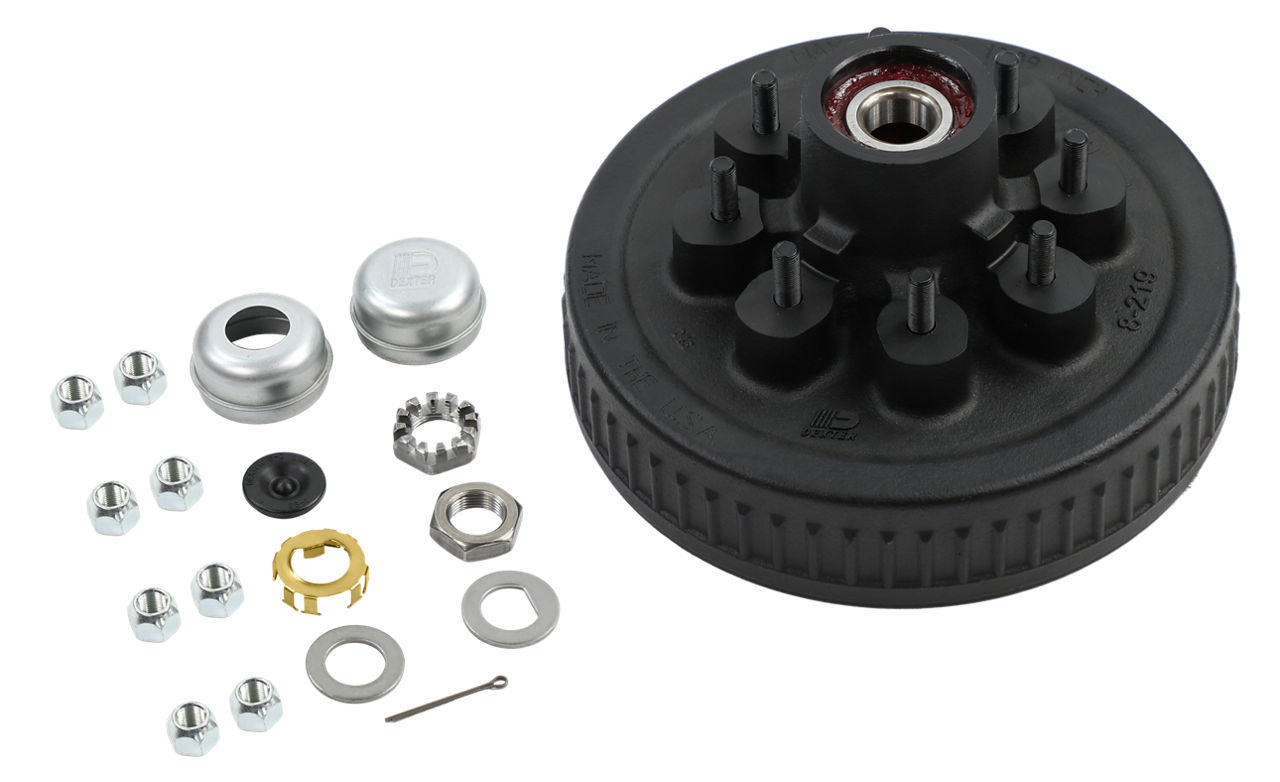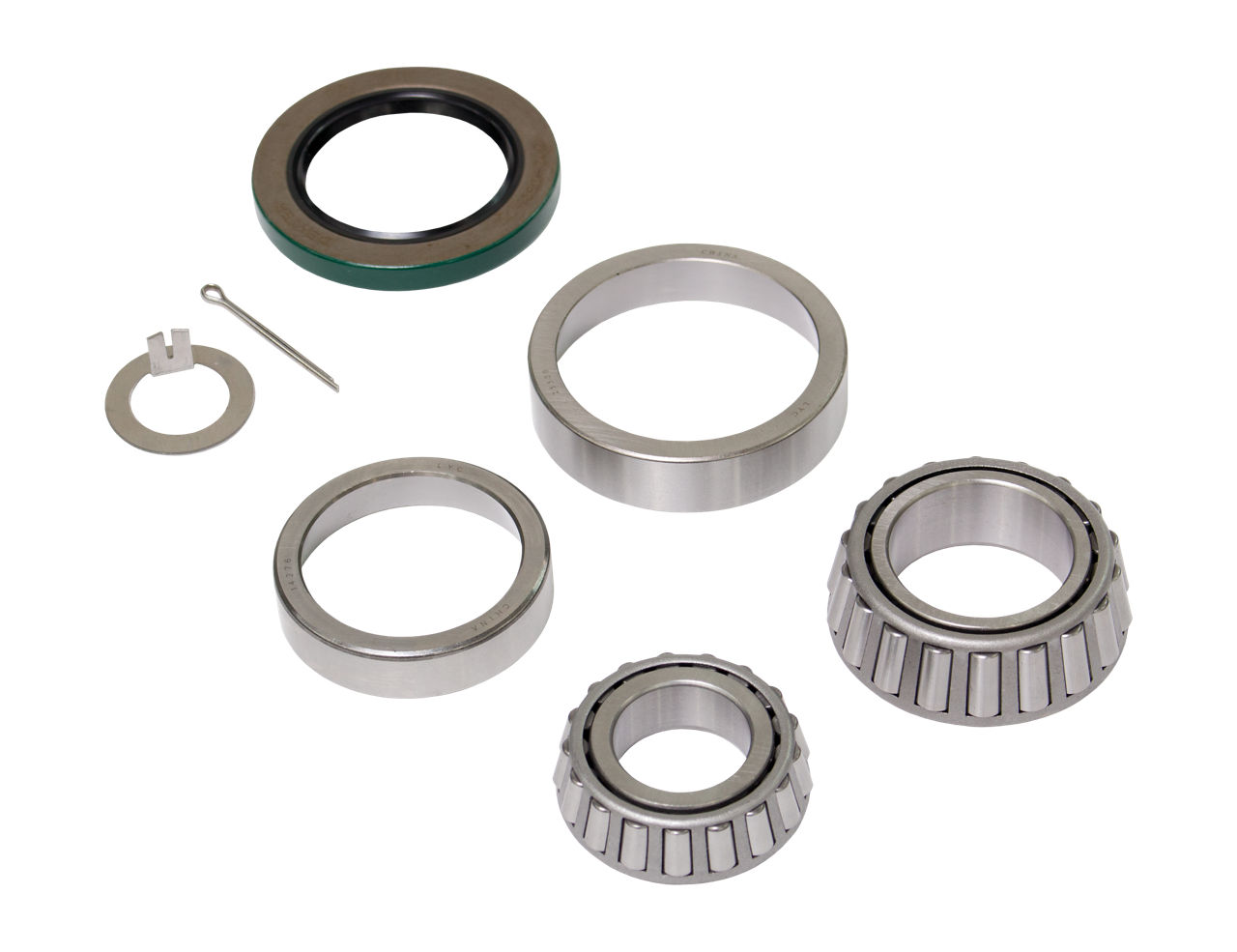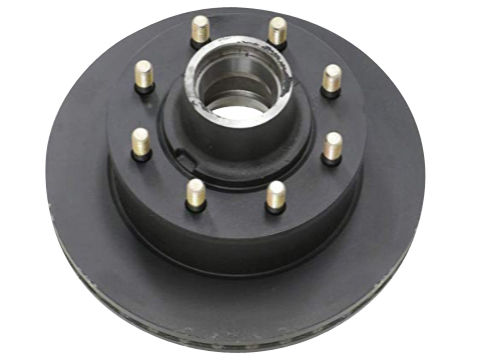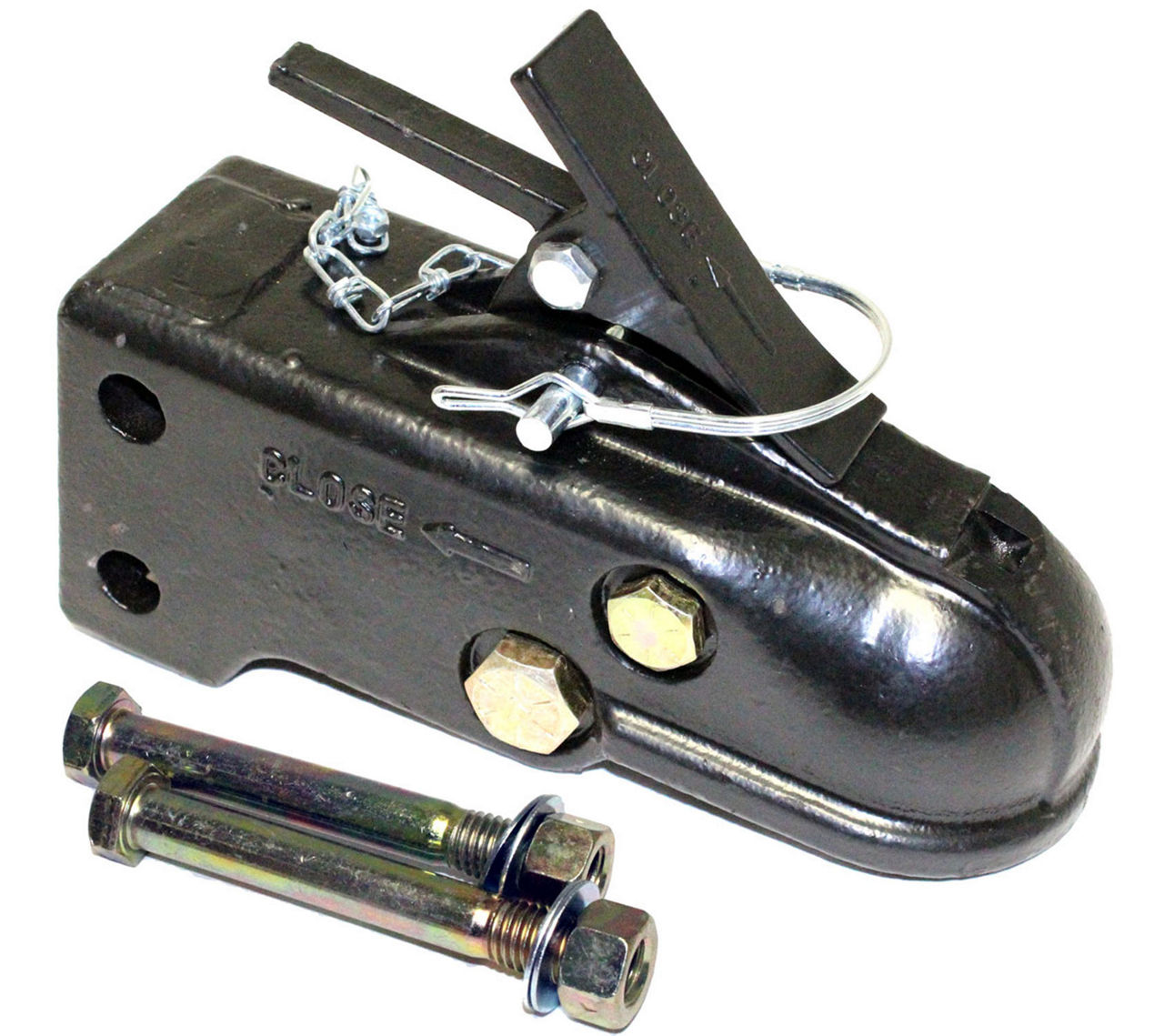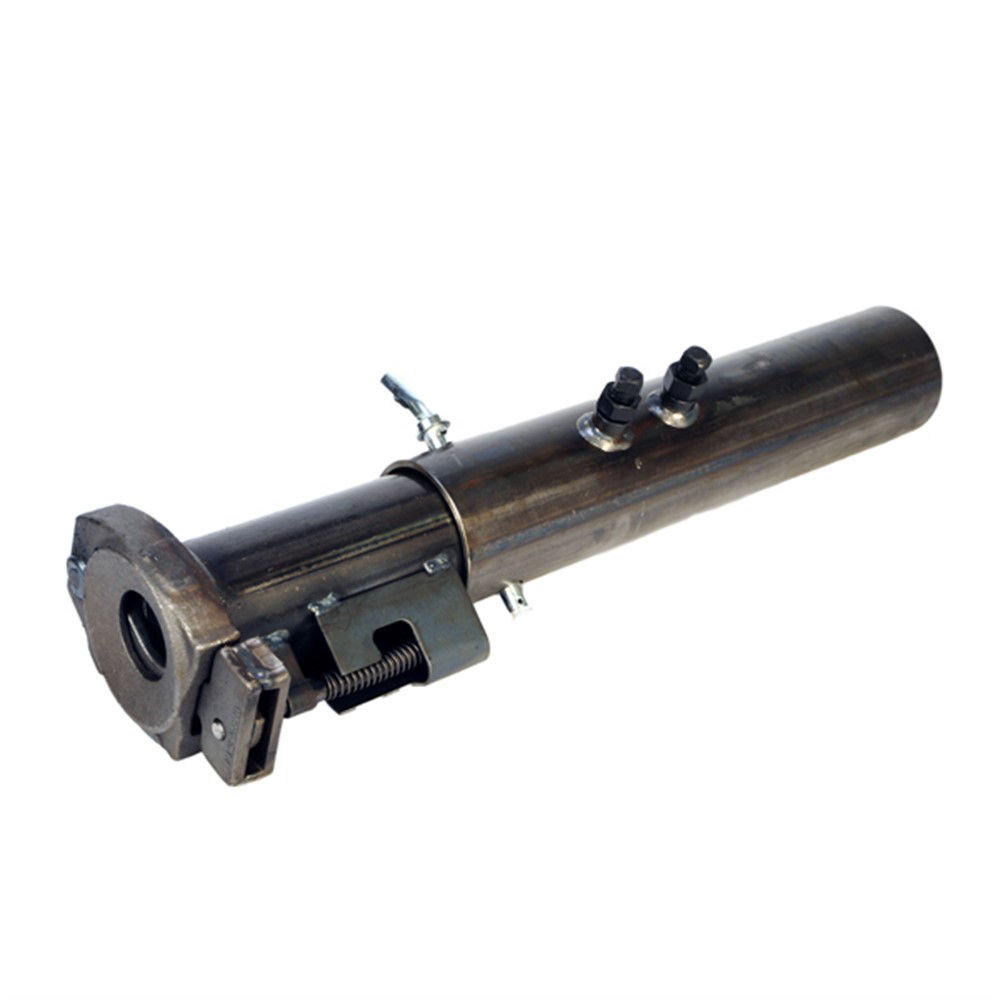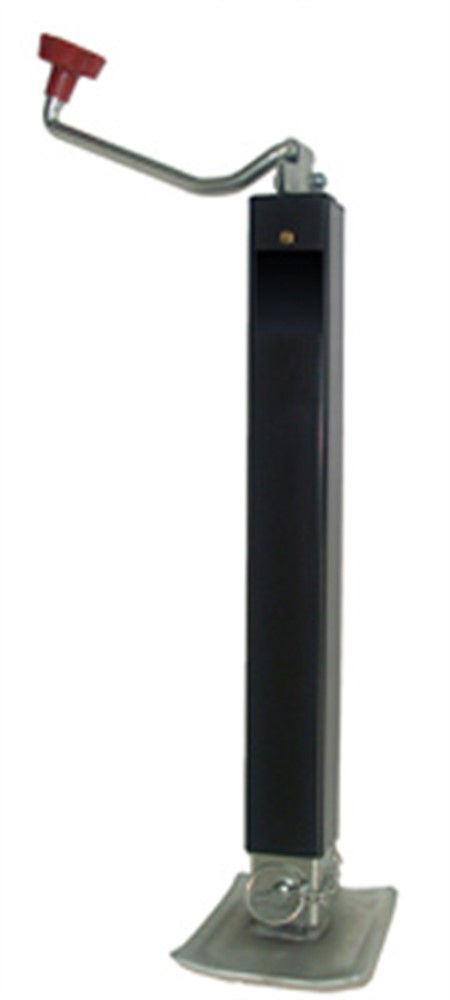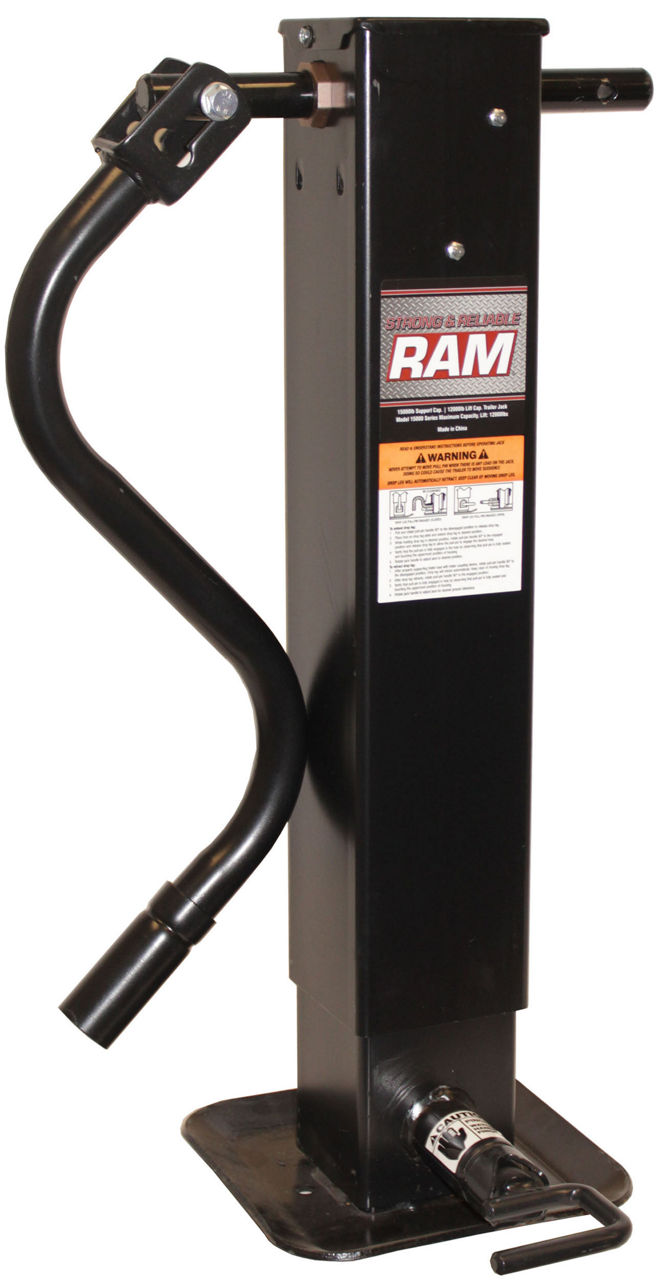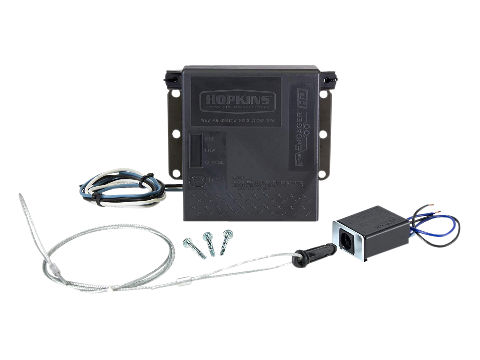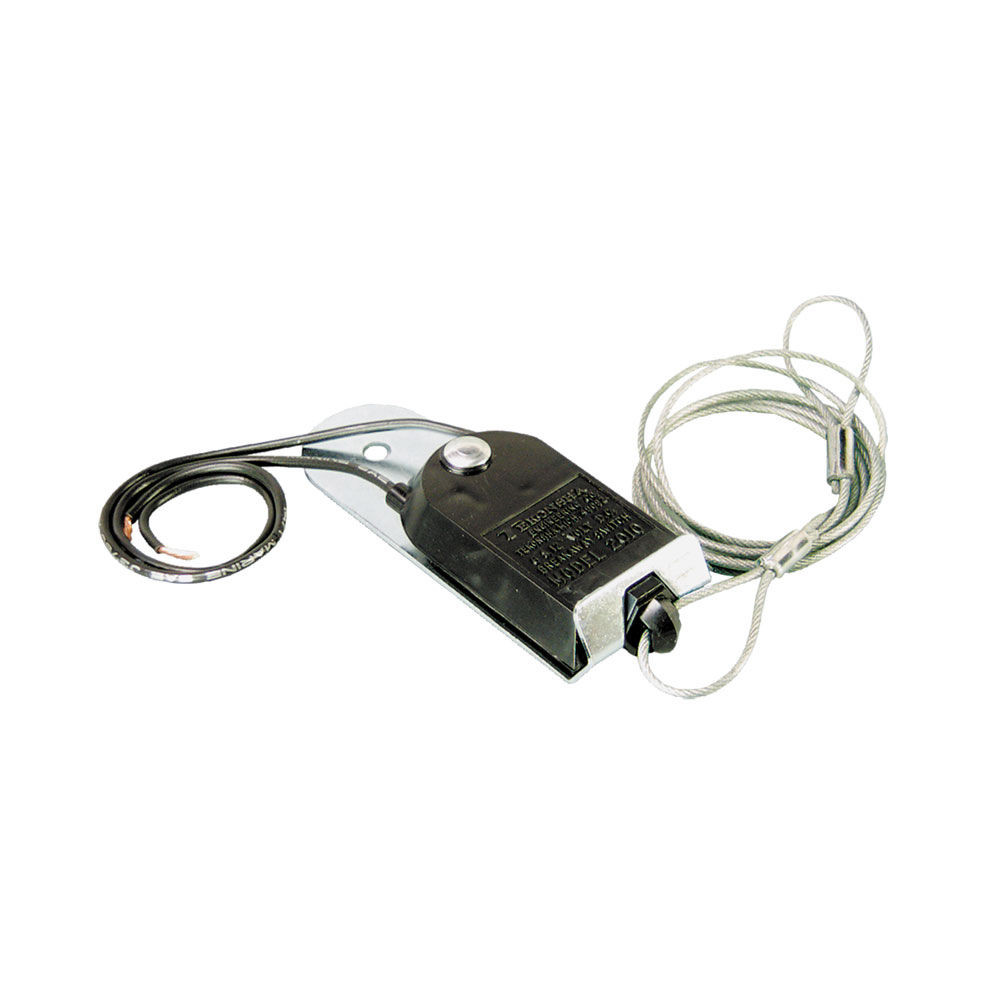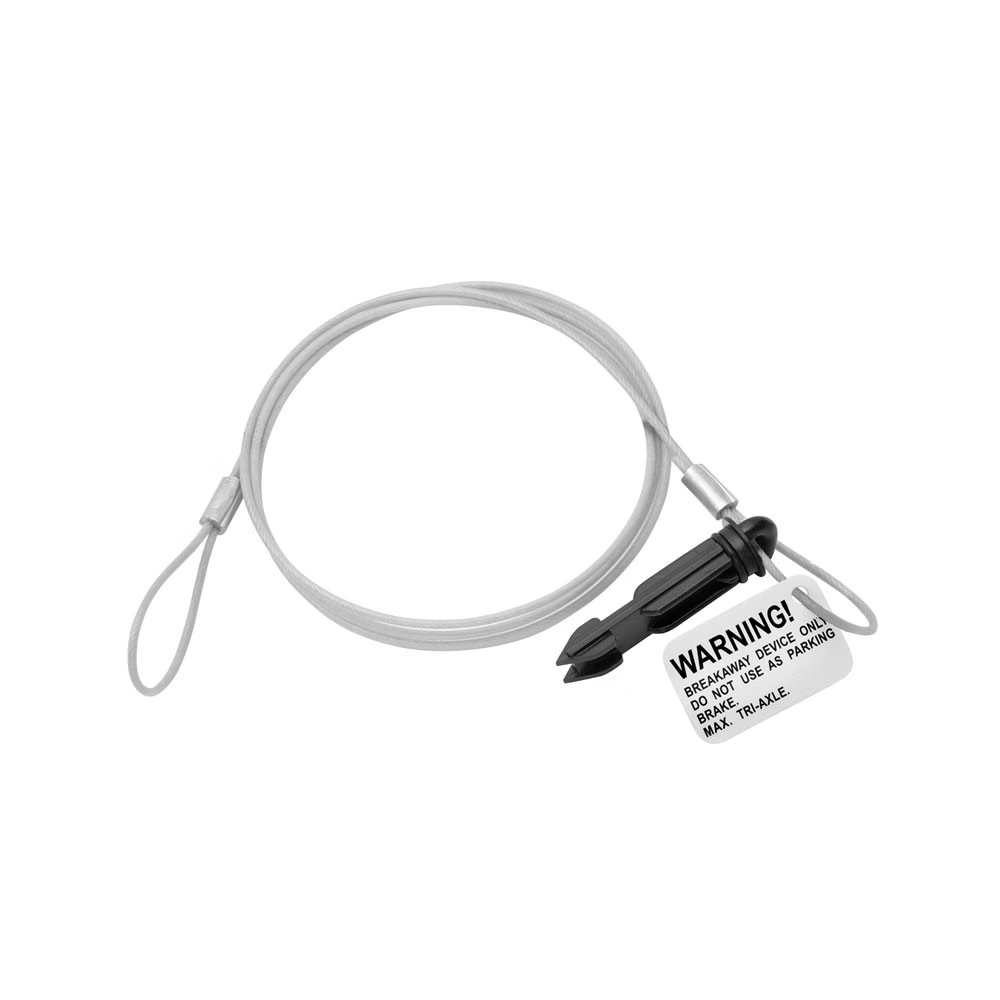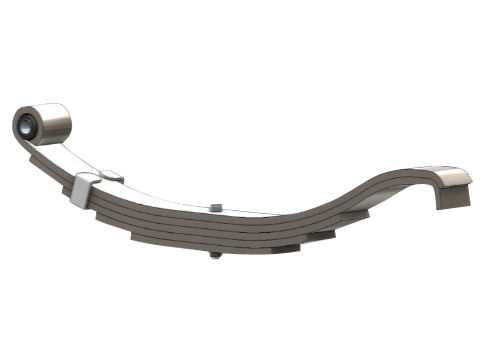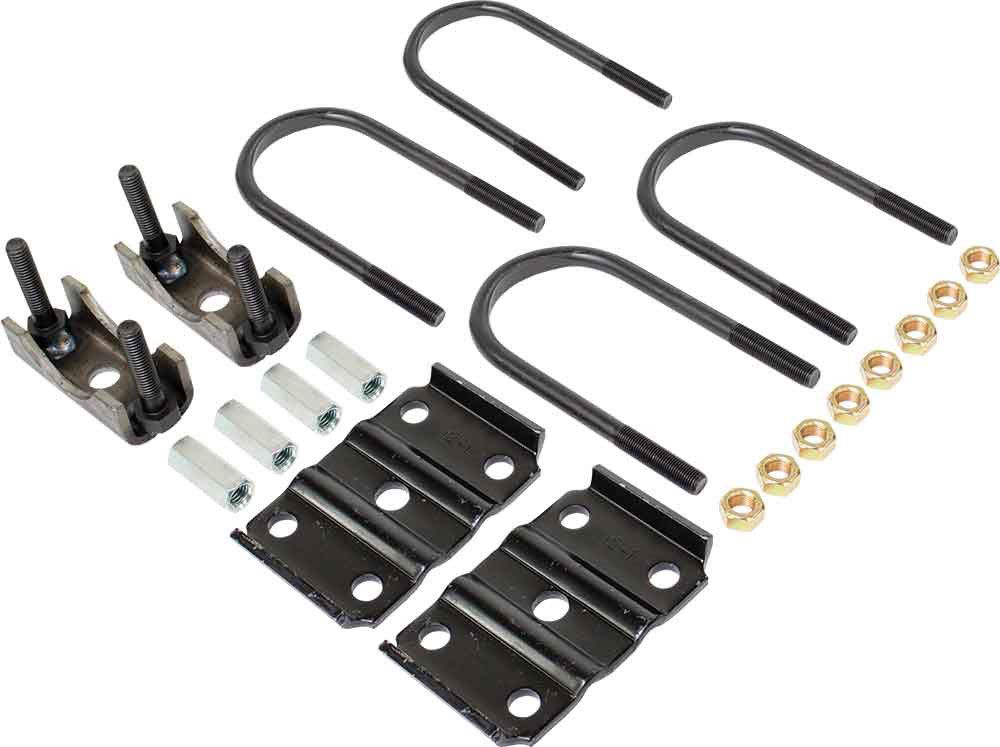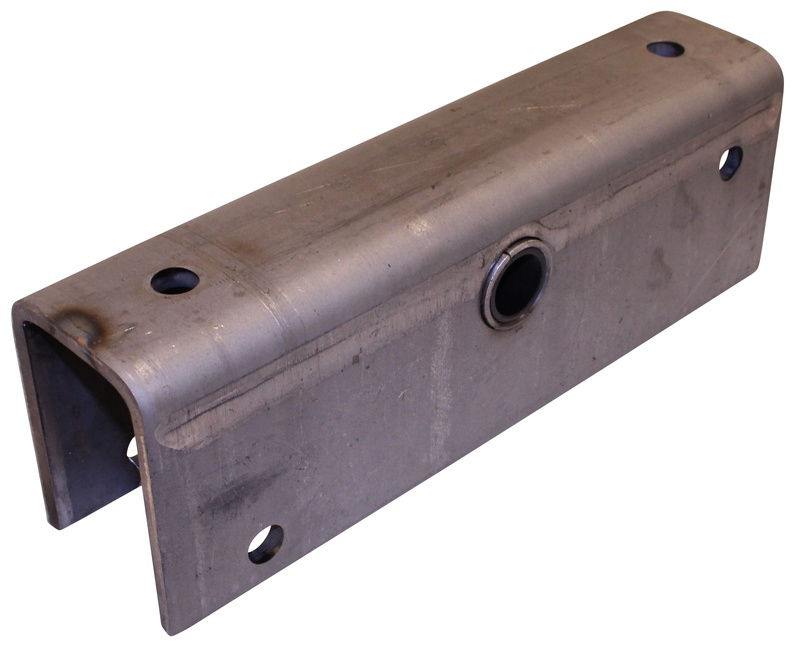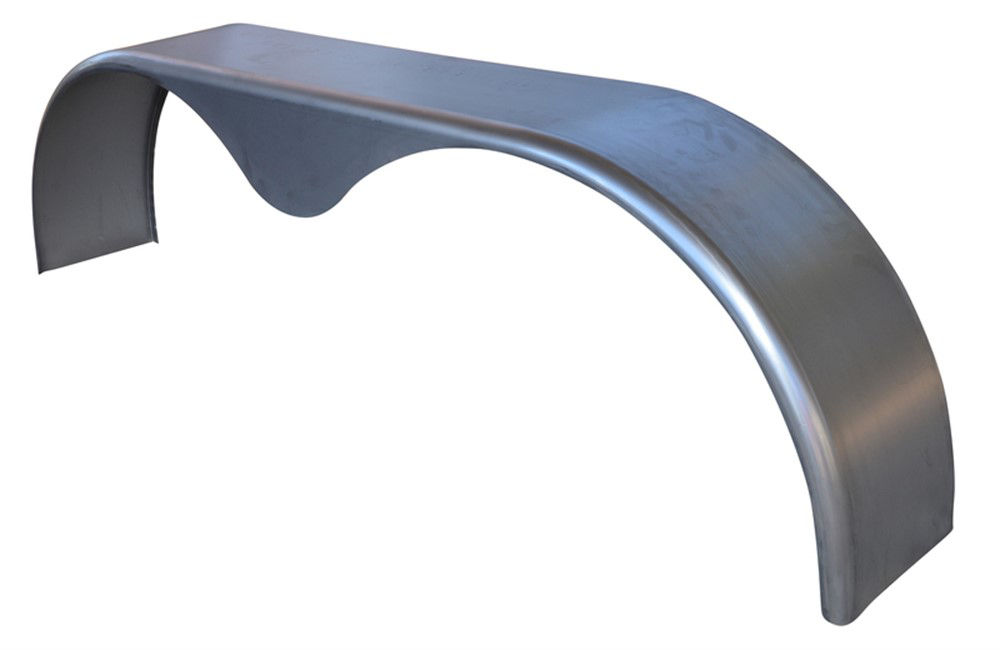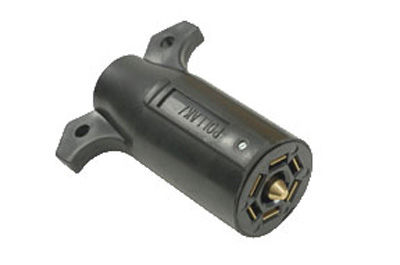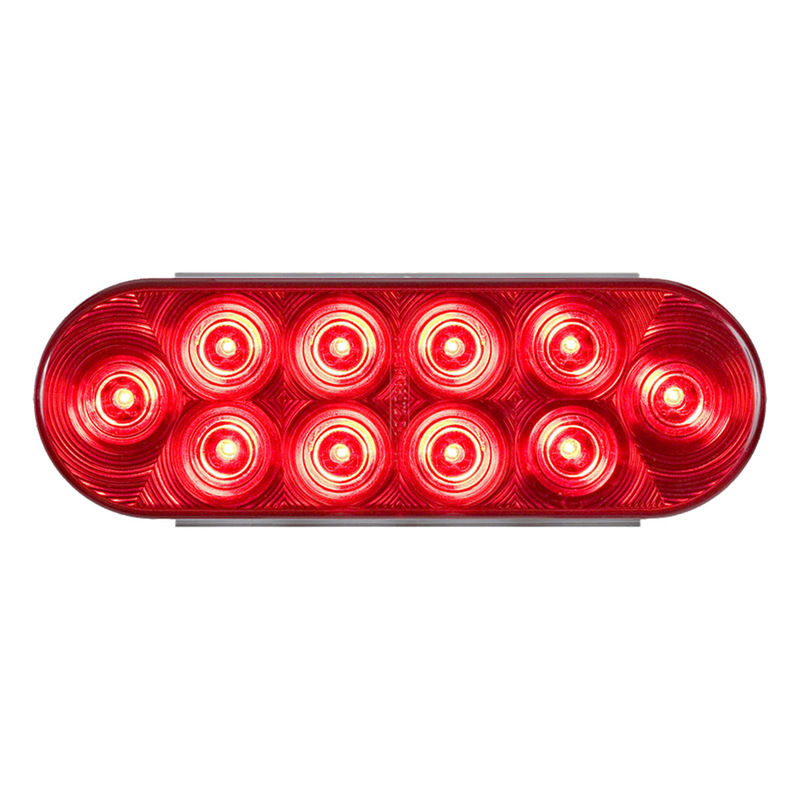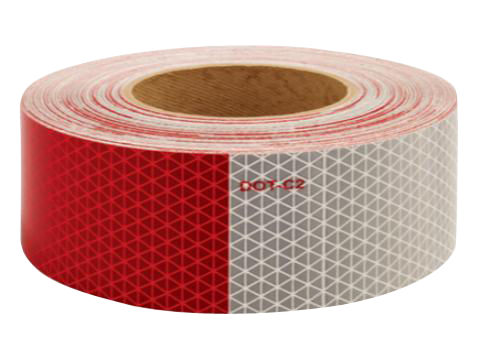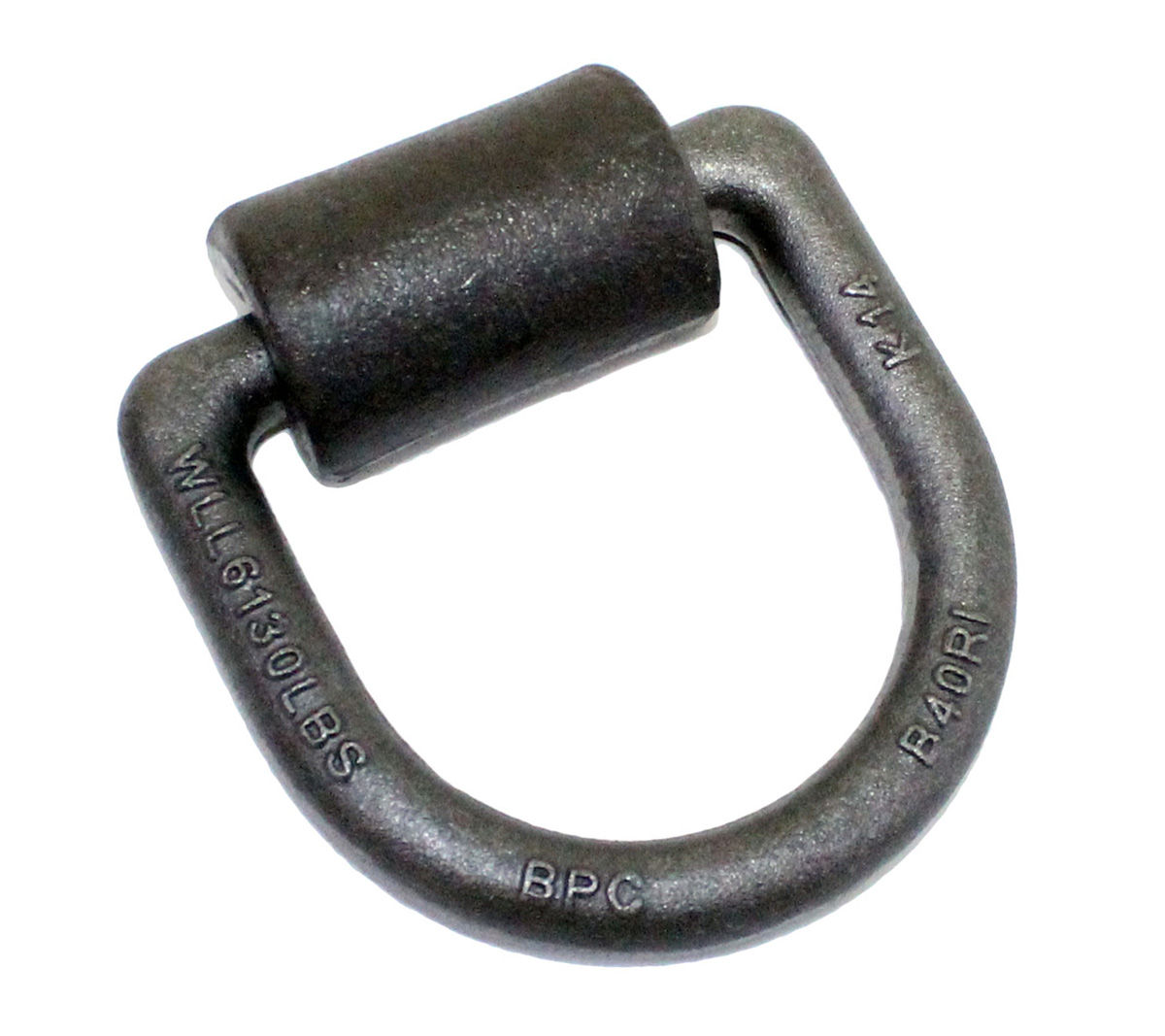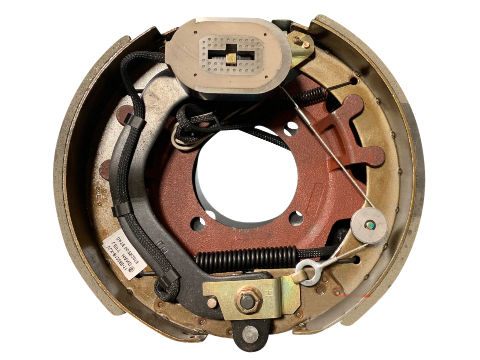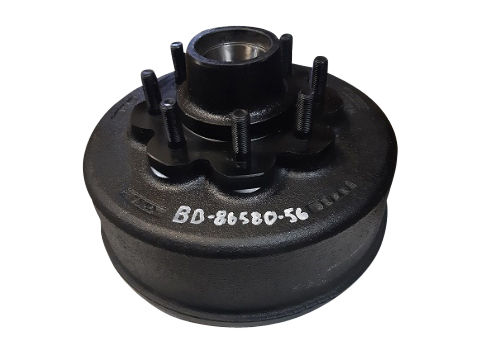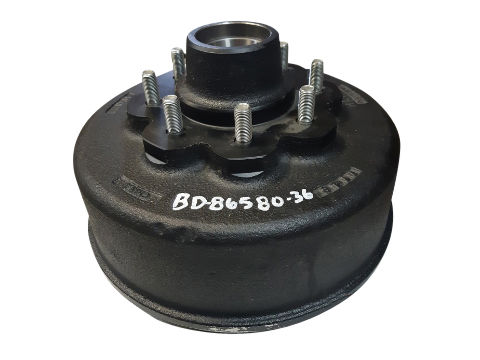Dexko Global
Dump Trailers
Parts, Kits & Accessories for Dump Trailers
Keep your dump trailer running strong with high-quality replacement quality parts built for performance and durability.
Fast shipping
OEM‑trusted brands
Tech resources
Shop Popular Categories
Choose a parent category on the left; browse focused sub-categories on the right.
Axle Assemblies
Tires & Wheels
Dump Trailer Hydraulics
New products coming soon
Coming Soon!
Boxed Pump Units
Coming Soon!
Pumps
Coming Soon!
Cylinders
Dump Trailer Brake Assemblies
Dump Trailer Axle Components
Dump Trailer Couplers
Dump Trailer Jacks
Dump Trailer Breakaway Systems
Dump Trailer Suspension
Dump Trailer Body Components
Dump Trailer Electrical
Dump Trailer Lighting
Dump Trailer Chain & Hardware
Reliable & Durable
Dexter has been a trusted trailer component manufacturer for over 60 years. We manufacture high-quality axles designed and rigorously tested by our team of experts. Dexter’s axle capacities range from 2,000lbs to 16,000lbs. You can have confidence in your trailer when it is supported by an industry leader.
Common Applications
Construction & Demolition — hauling & unloading heavy debris
Landscaping — transporting soil, mulch, gravel, and other bulk materials
Agriculture — moving grain, feed, and fertilizer
Waste & Scrap Removal — hauling junk, scrap, and recyclables
Home & Commercial Projects — outdoor work, driveways, renovations
How to Measure Your Axle
The most common industry measurement is Hub Face, which is the measurement from the wheel mounting surface on one hub to the wheel mounting surface of the opposite hub.
Spring centers are the centerline measurement of the spring mounting pads on the axle.
Lighting & Wiring Tips
Use tinned copper connectors & heat-shrink.
Protect runs with loom & grommets.
Verify grounds — most lighting issues start there.
Bearing Maintenance Tips
Along with bearing adjustment, proper lubrication is essential to the function and reliability of your trailer axle. Bearings should be lubricated every 12 months or 12,000 miles.
Dump Trailer FAQs
Need Assistance? Reach out to us:
Call Us:
- Swift Current: 855-778-7302
- Longueuil: 866-767-4867
- Brantford: 833-753-0013
- Milton: 877-876-3344
Email: canada@dextergroup.com

